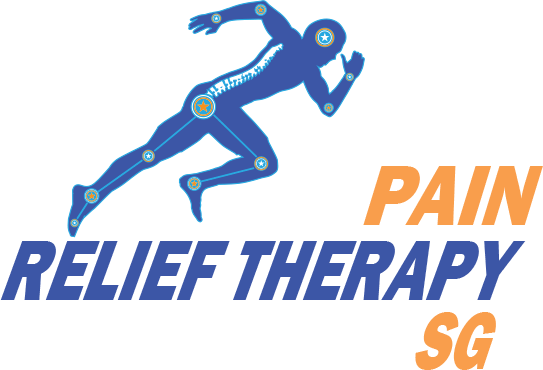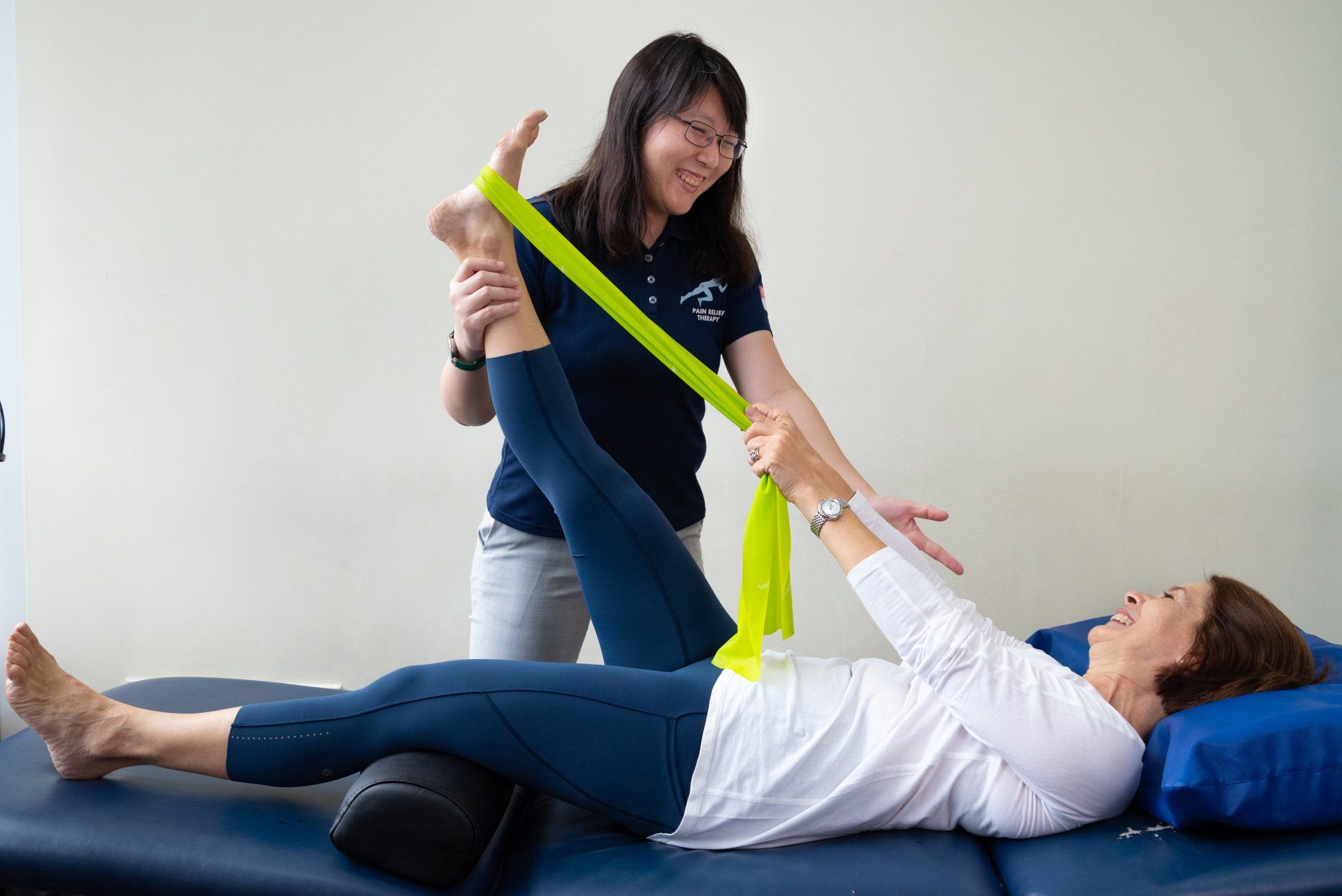
WHAT IS OSTEOPATHY?
Osteopathy is a gentle, non-invasive, drug-free form of manual therapy focused on helping the body regain balance, alignment, and optimal function. It works on the principle that the body’s structure — bones, joints, muscles, fascia — influences how the entire system moves, flows, and adapts. By addressing structural and functional imbalances, we support the body’s natural capacity to restore comfort and mobility.
What We Do in a Osteopathy Session
Full-Body Assessment: We begin with a comprehensive review of posture, movement habits and structural alignment — from head to toe. Because the body functions as a unit, what shows up in one area may be linked to imbalances elsewhere.
Targeted Hands-On Therapy: Depending on your needs, we may use a combination of gentle joint mobilization, fascial release, soft-tissue work and connective-tissue techniques to support mobility, release tension, and improve overall function.
Corrective Movement & Lifestyle Guidance: We complement hands-on work with movement suggestions and ergonomic or lifestyle advice — because long-term balance depends on what you do in everyday life.
Holistic Support: By working with structure, soft tissues, and posture habits together, Osteopathy can potentially support not just muscles and joints, but also how the body circulates fluids, relaxes, and maintains overall well-being.

Who Benefits from Manual Osteopathy?
People often turn to Manual Osteopathy when they experience:
- Postural strain from prolonged sitting, desk work, or repetitive movements
- Muscle tension, tightness, or general stiffness
- Reduced mobility or recurring areas of discomfort
- Stress-related tension or signs of nervous-system overload
- A desire to improve long-term movement quality and whole-body balance
- Ongoing discomfort even when medical scans show “nothing significant”
- Persistent tension despite trying other options such as TCM, chiropractic care, physiotherapy, or tui na
Because the therapy considers the body as a whole, it’s suitable for a wide range of adults seeking a holistic, non-invasive approach to improving comfort, mobility, and body awareness.
Our Promise: A Gentle, Client-Centered, Holistic Approach
At Pain Relief Therapy Singapore, Osteopathy isn’t just a quick fix. We see it as a journey — one where we collaborate with you to uncover what your body truly needs. Every session is tailored, every plan is personalized, and every step is designed to help you move with more ease, alignment, and comfort.
If you’re looking for a therapy path grounded in respect for the body’s natural wisdom, Manual Osteopathy might be what you need.
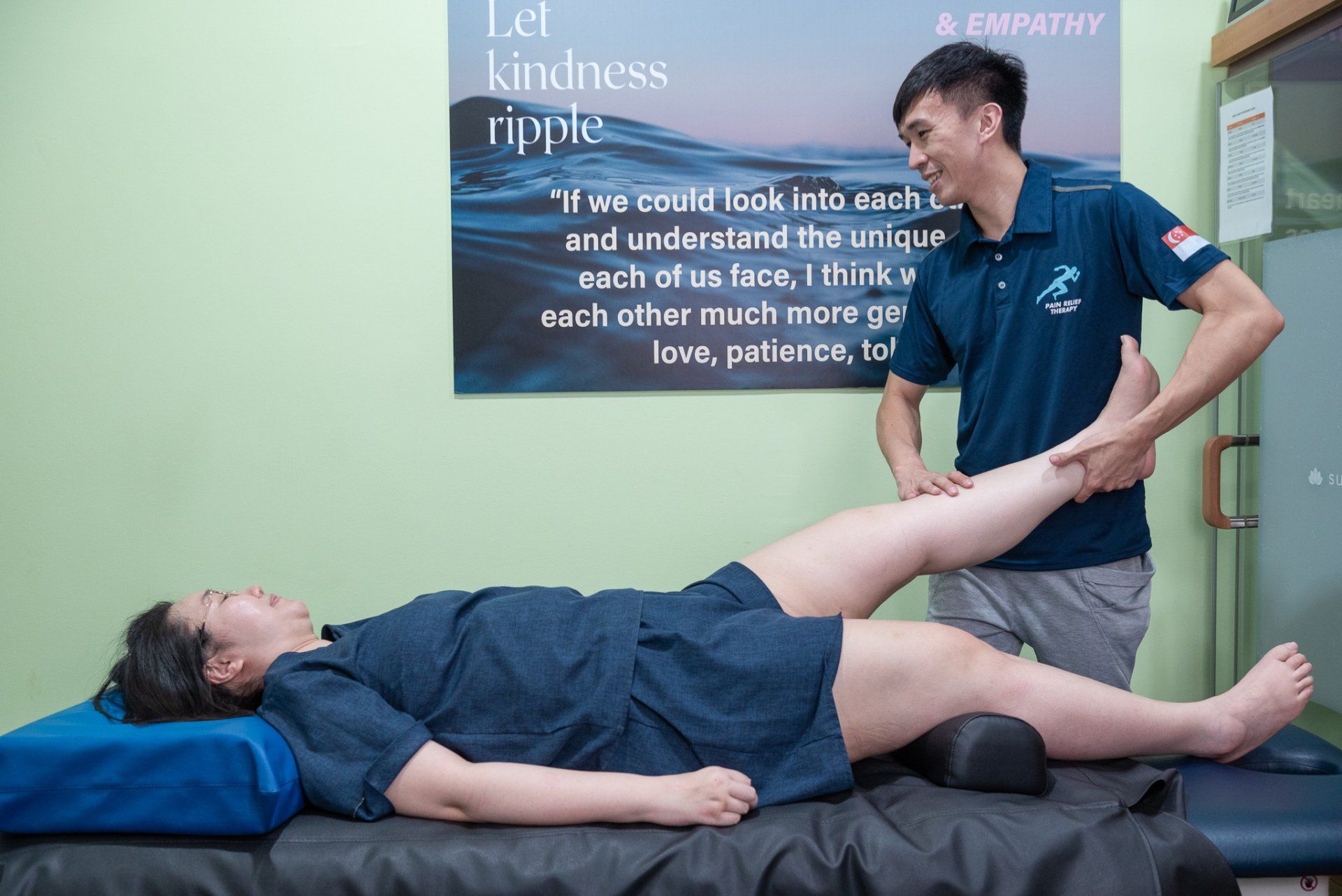
Structural Osteopathic Techniques
For the muscles, joints, and fascia.
These techniques focus on the physical and structural layers of the body. They help support:
- Joint mobility
- Muscle relaxation
- Fascia glide and elasticity
- Posture balance
- Movement efficiency
Techniques may include soft-tissue work, gentle joint mobilizations, myofascial techniques, and guided movement.
Cranial Therapy
Light, calming hands-on support for the head, spine, and nervous system.
Cranial therapy uses extremely gentle touch to support the natural rhythms and subtle motions within the body’s tissues. Many clients describe it as deeply relaxing or grounding.
Cranial-inspired techniques may help with:
- Stress-related head or neck tension
- Nervous-system overload
- Jaw tightness
- Sleep disturbances
- Head pressure or heaviness
- Postural strain that affects the head and neck
The approach is calming, subtle, and often profoundly soothing—even for those who prefer light touch.
Visceral Therapy Techniques
Gentle support for the mobility of internal structures.
Visceral therapy focuses on the movement and glide of the body’s organs and surrounding connective tissues. When organs lose mobility due to posture patterns, stress, emotional tension, or past strain, the body may compensate through neighbouring muscles or joints.
Visceral techniques may support:
- Abdominal or rib-cage tightness
- Breathing restrictions
- Diaphragm tension
- Postural adaptations related to internal strain
- Overall movement and fluidity
This work is gentle, precise, and deeply holistic — connecting the internal and structural systems of the body.
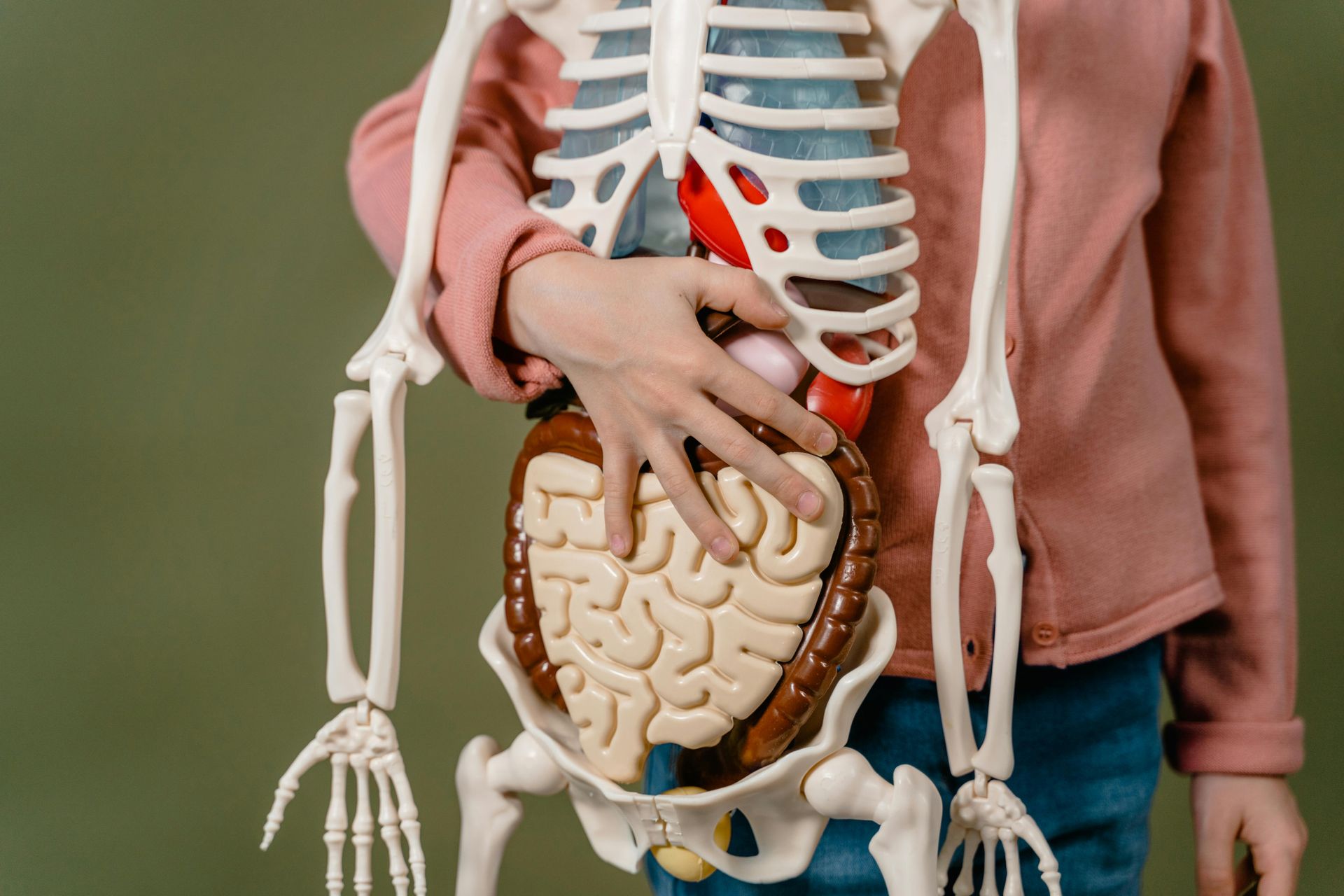
How Manual Osteopathy Helps the Body
Manual Osteopathy supports:
- Better posture and alignment
- Reduced tension in overworked areas
- Improved breathing patterns
- Natural mobility of joints, fascia, and organs
- Nervous-system relaxation
- More efficient, confident movement
- Long-term balance instead of temporary relief
It’s not about forcing change.
It’s about guiding the body toward its natural balance.
What to Expect in a Session
A session may include:
- Comprehensive Assessment
Observing posture, breathing, movement habits, tension patterns, and compensations. - Gentle Hands-On Work
Using structural, cranial, or visceral techniques depending on your needs. - Movement & Awareness Guidance
Simple, practical strategies to help maintain progress between sessions. - Personalized Approach
Every body is different — techniques are adjusted to your comfort, pace, and goals.
A Holistic Approach to Movement & Comfort
Manual Osteopathy is ideal for individuals who want a whole-body, personalized, non-invasive approach to supporting their comfort, mobility, and well-being.
Whether you experience tightness, feel “imbalanced,” or simply want to move better, this therapy offers gentle, grounded support for your body’s natural patterns.
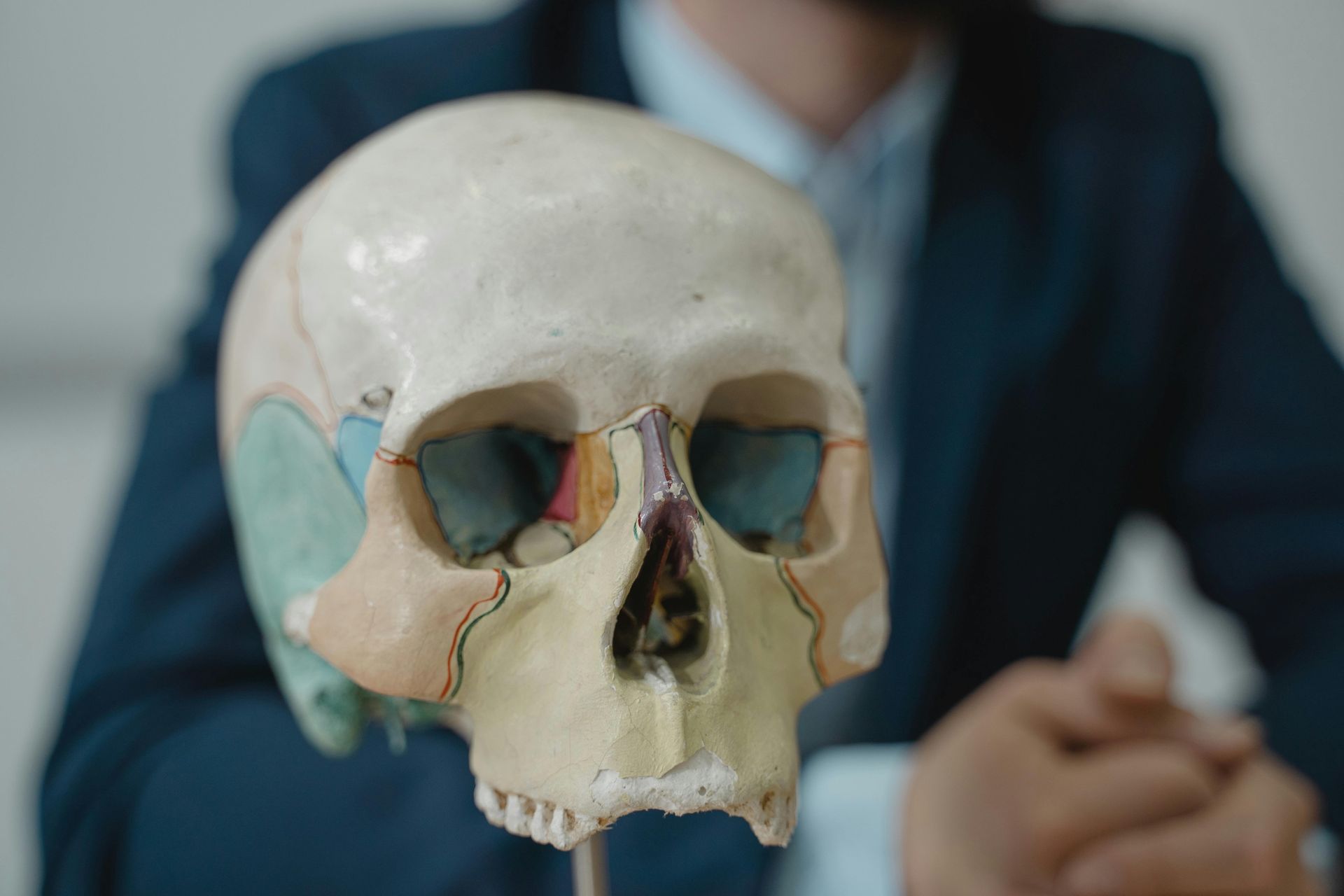
CALL +6587141543 TODAY TO SCHEDULE YOUR FIRST APPOINTMENT
